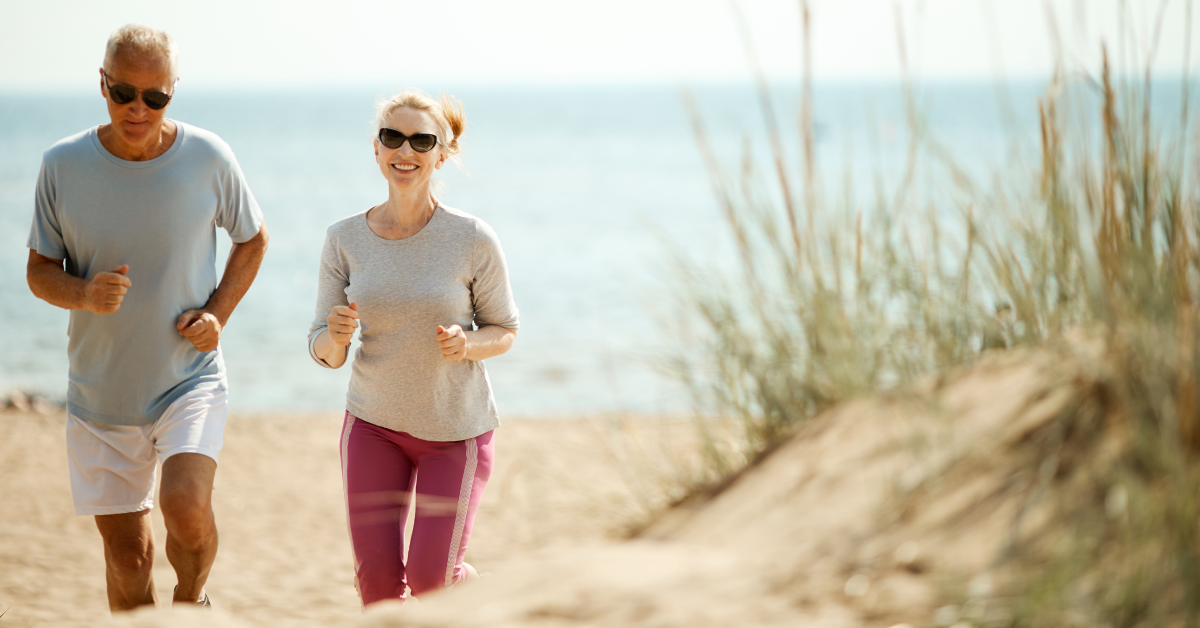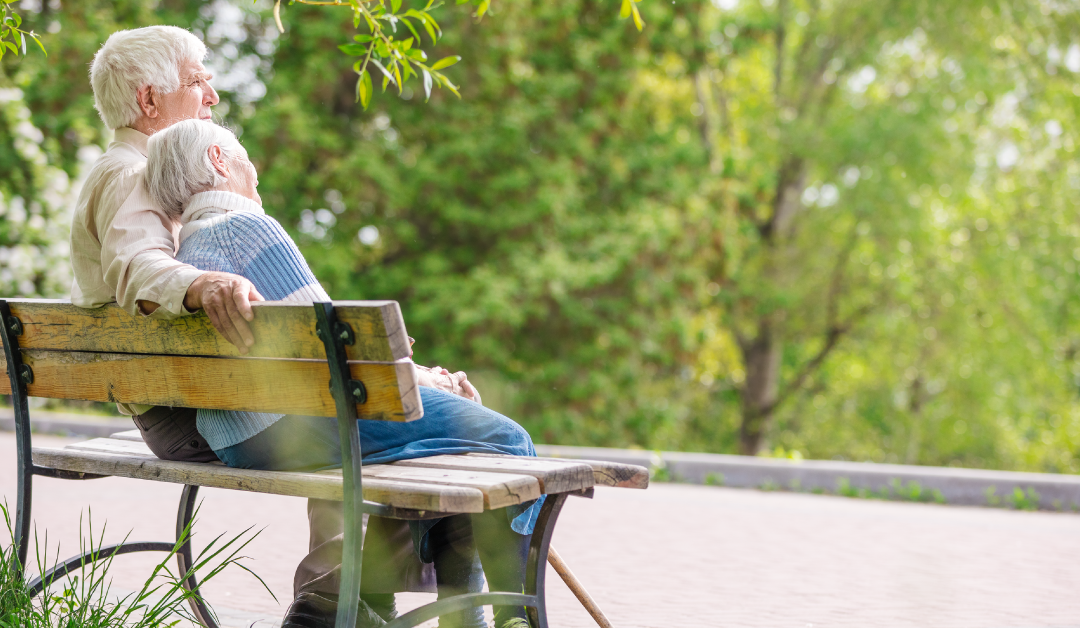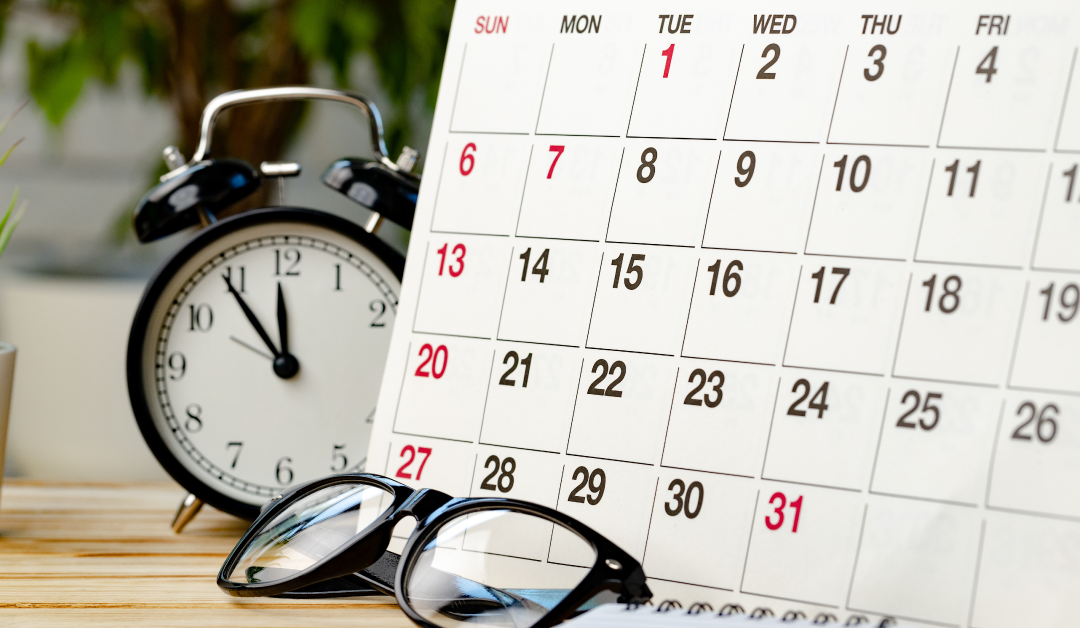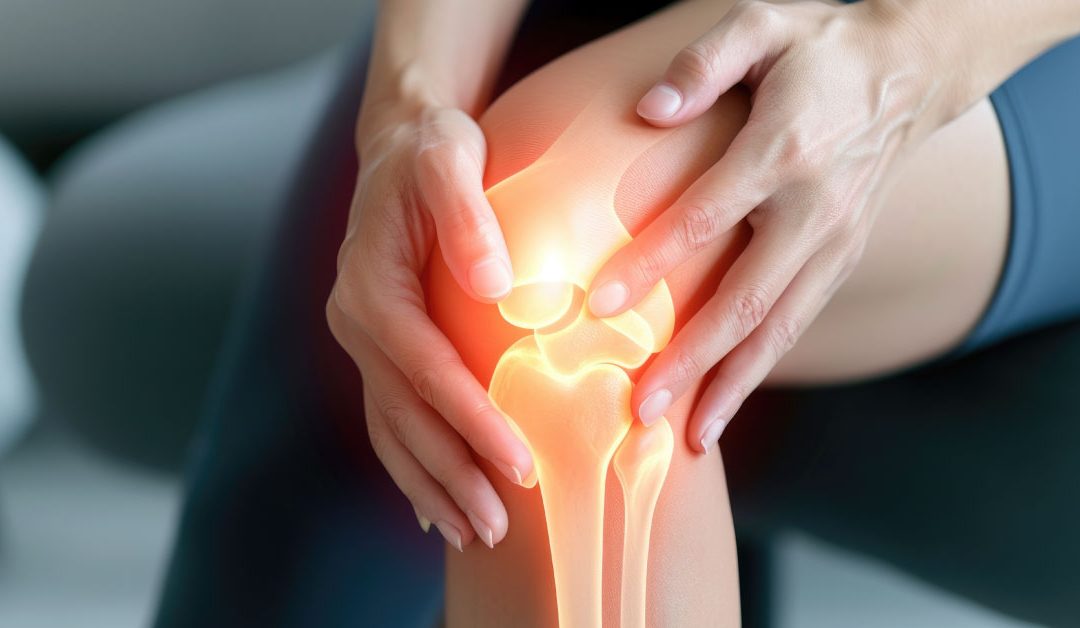As we age, staying physically active becomes increasingly important for maintaining our overall health and well-being. For seniors, regular exercise isn’t just about staying fit—it’s a vital component of a healthy lifestyle that can enhance mobility, boost mental sharpness, and increase longevity. However, many older adults face unique challenges when it comes to exercise, such as joint pain, reduced muscle strength, and the fear of injury. Despite these obstacles, incorporating a consistent exercise routine tailored to individual abilities can have profound benefits, helping seniors to lead more vibrant and independent lives.
In this article, we’ll explore the importance of staying active in later years and how seniors can engage in low-impact exercises that are gentle on the joints yet effective in improving strength, balance, and flexibility. We’ll also delve into the physical and mental benefits of regular exercise, providing tips on creating a safe and sustainable workout routine. Finally, we’ll address common barriers to staying active and offer practical solutions to help seniors overcome these challenges, ensuring that they can enjoy the many rewards of an active lifestyle.
The Importance of Staying Active as You Age
As we grow older, maintaining an active lifestyle becomes crucial for our overall health and well-being. Regular physical activity can help seniors preserve their independence, reduce the risk of chronic diseases, and enhance mental health. While the aging process naturally brings changes to our bodies, exercise can slow these changes, helping to maintain muscle mass, flexibility, and balance. The benefits of staying active extend far beyond physical health, influencing mental sharpness and emotional well-being, making it a key component of a fulfilling life in later years.
Engaging in regular exercise also plays a significant role in preventing age-related conditions such as heart disease, osteoporosis, and arthritis. Physical activity stimulates circulation, strengthens the heart, and supports bone health, reducing the likelihood of fractures and injuries. Additionally, staying active can help manage chronic pain and improve sleep quality, both of which are common concerns for older adults. By prioritizing movement and incorporating it into daily routines, seniors can take charge of their health and enjoy a higher quality of life as they age.
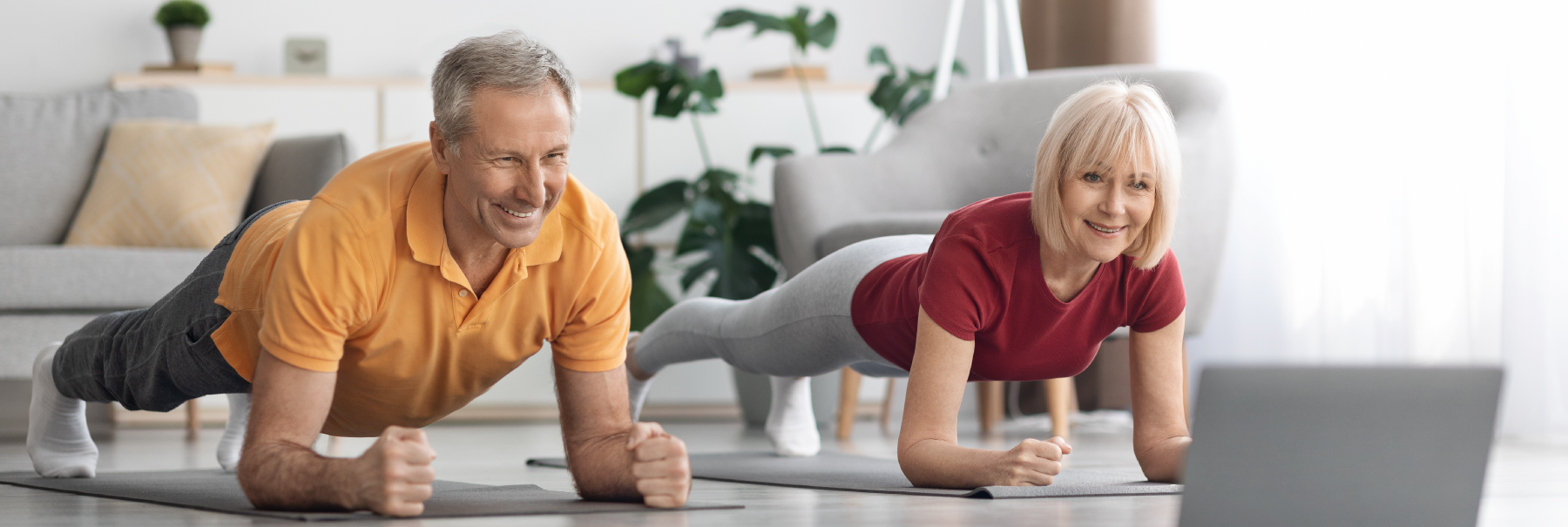
Low-Impact Exercises That Are Gentle on the Joints
For seniors, engaging in physical activity doesn’t mean pushing the body to its limits. Low-impact exercises offer a way to stay active without putting undue strain on the joints, which is especially important for those dealing with arthritis or other joint-related issues. Activities like walking, swimming, yoga, and tai chi are excellent options that promote cardiovascular health, improve muscle strength, and enhance flexibility without causing discomfort or injury. These exercises are not only effective but also accessible, allowing seniors to maintain a consistent fitness routine that supports overall health.
Research indicates that engaging in low-impact exercises can significantly reduce the risk of falls, a common concern among older adults. For example, a study published in The Journal of Aging and Physical Activity found that seniors who regularly practiced tai chi experienced a 43% reduction in falls compared to those who did not exercise [1]. These gentle yet effective exercises not only support physical health but also contribute to greater confidence and independence, helping seniors live more active and fulfilling lives.
Creating a Safe and Effective Exercise Routine
Developing an exercise routine that is both safe and effective is essential for seniors looking to maintain their health and vitality. The key is to start with exercises that match your current fitness level and gradually increase intensity as your strength and endurance improve. It’s important to listen to your body and choose activities that you enjoy, whether it’s a daily walk in the park, a gentle yoga session, or a swim at the local pool. Consistency is more important than intensity; regular, moderate exercise can yield significant health benefits over time.
Safety should always be a priority when crafting an exercise routine. Seniors should focus on incorporating warm-ups and cool-downs to prepare the muscles and joints for activity and to prevent injuries. Additionally, it’s wise to consult with a healthcare provider before starting any new exercise regimen, especially if you have pre-existing conditions or mobility concerns. By taking these precautions and tailoring your workout to your personal needs, you can build a routine that not only supports your physical health but also enhances your confidence and overall well-being.
The Physical and Mental Benefits of Regular Exercise
Regular exercise offers a wide array of physical benefits that are particularly valuable as we age. Engaging in consistent physical activity helps to maintain muscle mass, improve cardiovascular health, and strengthen bones, which is crucial for preventing age-related conditions like osteoporosis and heart disease. Moreover, exercise aids in managing weight, reducing blood pressure, and improving mobility, all of which contribute to a higher quality of life. Seniors who prioritize regular movement are better equipped to remain independent and active well into their later years.
Beyond the physical advantages, exercise plays a critical role in enhancing mental health. Physical activity has been shown to reduce symptoms of anxiety and depression, improve cognitive function, and boost overall mood. According to a study published in The American Journal of Geriatric Psychiatry, seniors who engage in regular physical activity have a 30% lower risk of developing depression compared to those who are inactive [2]. By incorporating exercise into their daily routine, seniors can not only protect their physical health but also foster mental resilience, leading to a more balanced and fulfilling life.

Overcoming Barriers to Staying Active
While the benefits of regular exercise are clear, many seniors face obstacles that can make it difficult to maintain an active lifestyle. Common barriers such as chronic pain, mobility issues, or simply a lack of motivation can discourage older adults from engaging in physical activity. However, these challenges can often be addressed with practical solutions. For example, starting with small, manageable goals can help build confidence and create a sense of accomplishment. Additionally, finding activities that are enjoyable and suited to individual abilities can make exercise feel less like a chore and more like a rewarding part of daily life.
Another effective way to overcome these barriers is to seek support from others. Whether it’s joining a senior-friendly fitness class, working with a personal trainer experienced in senior fitness, or simply exercising with a friend, having a support system can provide encouragement and accountability. Moreover, many communities offer resources specifically designed to help seniors stay active, such as local fitness programs or walking groups. By recognizing and addressing these barriers, seniors can find ways to integrate regular exercise into their routines, ensuring they reap the many physical and mental health benefits that come with staying active.
Embracing an Active Lifestyle for a Healthier, Happier Future
Staying physically active is one of the most important steps seniors can take to ensure a healthy, fulfilling life as they age. By understanding the importance of regular exercise, seniors can take charge of their well-being and enhance both their physical and mental health. Engaging in low-impact exercises, which are gentle on the joints, allows older adults to stay active without the risk of injury, making it easier to maintain a consistent routine. Creating a safe and effective exercise plan tailored to individual needs further supports long-term health, ensuring that exercise becomes an enjoyable and sustainable part of daily life.
The benefits of regular exercise extend far beyond just physical health; it also plays a crucial role in improving mental resilience and emotional well-being. By overcoming common barriers to staying active, such as mobility issues or lack of motivation, seniors can fully embrace the rewards of an active lifestyle. Whether it’s through small daily activities or more structured exercise routines, the commitment to staying active can lead to a more vibrant, independent, and joyful life. By incorporating these strategies and making physical activity a priority, seniors can pave the way for a healthier, happier future.
Sources:
[1] Taylor-Piliae, R. E., & Coull, B. M. (2021). Tai chi exercise and fall prevention in older adults: A randomized controlled trial. The Journal of Aging and Physical Activity, 29(3), 527-538. [2] Mura, G., & Carta, M. G. (2019). Physical activity in depressed elderly. The American Journal of Geriatric Psychiatry, 27(10), 1126-1134.

